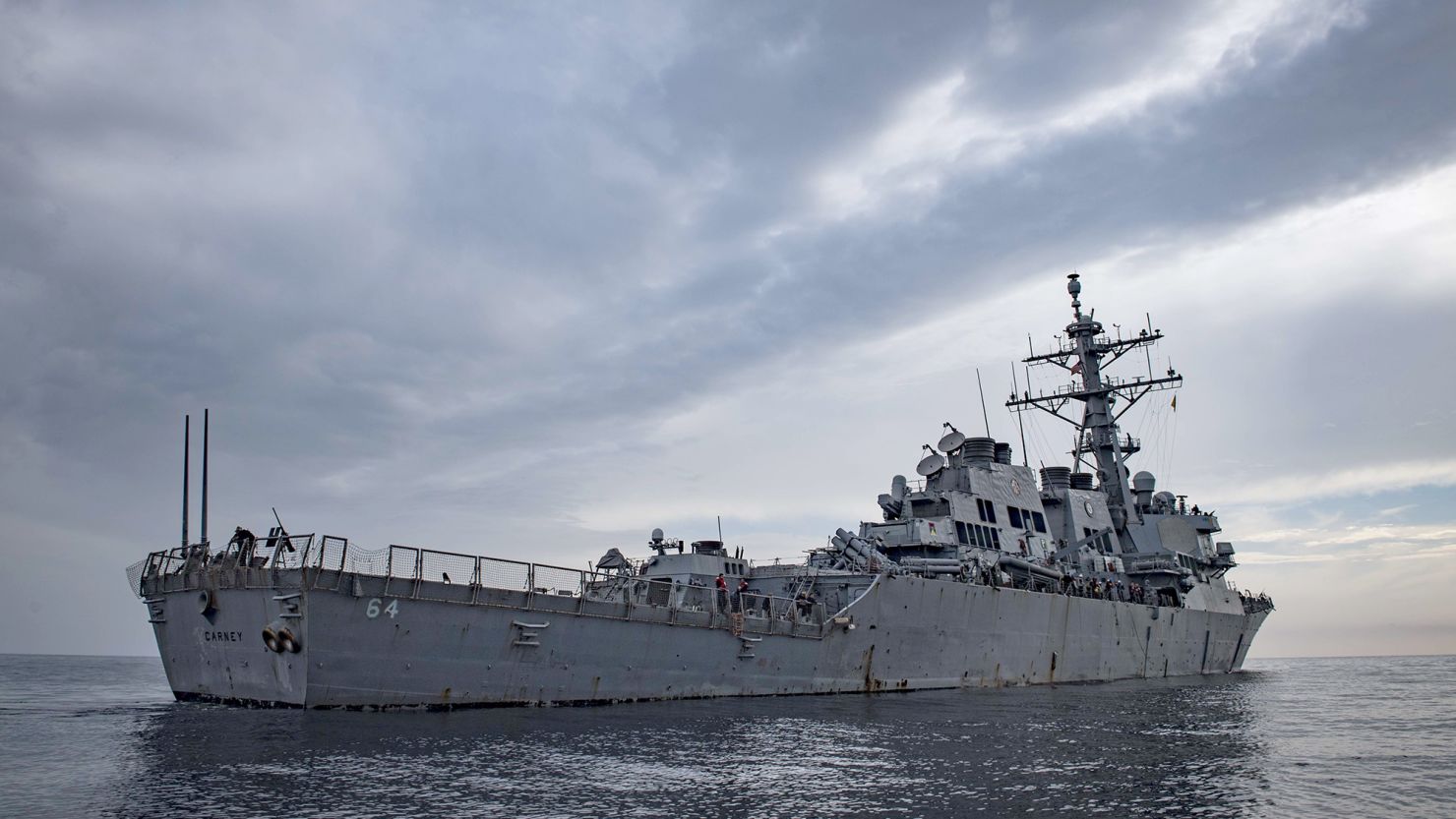Regional Alliances and Stakes
In a surprising turn of events, a Russian military blog has uncovered the secret positions of warships in the region earmarked for the US-led OPERATION PROSPERITY GUARDIAN. The map reveals the presence of Chinese, Iranian, and Indian warships, adding a complex geopolitical layer to the ongoing maritime developments. Chinese naval assets, including the Type-052 destroyer Urumqi and the Type-547 frigate Linyi, are reported to be docked at the Chinese base in Djibouti. Meanwhile, an Iranian vessel, MV Behshad, operates as an electronic surveillance and command center in the Red Sea, monitoring friendly and potentially hostile ship movements.
The revelation sheds light on the broader geopolitical dynamics at play, with global powers positioning themselves to observe and potentially counteract the US-led naval operation. As the US, UK, France, and Spain embark on OPERATION PROSPERITY GUARDIAN, aimed at securing the southern Red Sea and the Gulf of Aden, the presence of these warships introduces a new dimension of strategic maneuvering. The map also indicates the absence of Russian Navy vessels in the area, highlighting Russia’s strategic decision to negotiate safe passage for its oil shipments with Iran and Yemen rather than deploying its navy to protect them.
Regional alliances are becoming increasingly evident as countries like Italy, Greece, and South Korea announce their involvement in the operation. Italy is sending a frigate to protect trade and ensure freedom of navigation, while Greece emphasizes its interest in preserving maritime zones due to its significant ocean-going fleet. The involvement of South Korea’s destroyer Yang Man-chun, near Indian, British, and US Navy vessels, underscores the complex web of maritime security concerns, ranging from piracy to Houthi operations.
READ ALSO: Chinese, Iranian and Indian Warships Are Now in the Red Sea, Gulf of Aden
A Maritime Chessboard in Flux
Russia’s decision not to deploy navy vessels but instead negotiate safe passage reflects a strategic calculus aimed at avoiding direct confrontation in the region. The absence of Russian warships in the Red Sea area, as indicated by the map, underscores Russia’s reliance on diplomatic channels to secure its interests in defiance of US and NATO sanctions. The potential for a direct attack on a tanker carrying Russian oil adds a layer of uncertainty to an already intricate geopolitical scenario.
The unfolding situation in the Red Sea signifies a rapidly evolving maritime chessboard, with global powers making strategic moves to safeguard their interests and influence regional dynamics. As tensions rise and key players assert their presence, the world watches to see how this geopolitical chess game will impact not only regional stability but also the global balance of power.
























